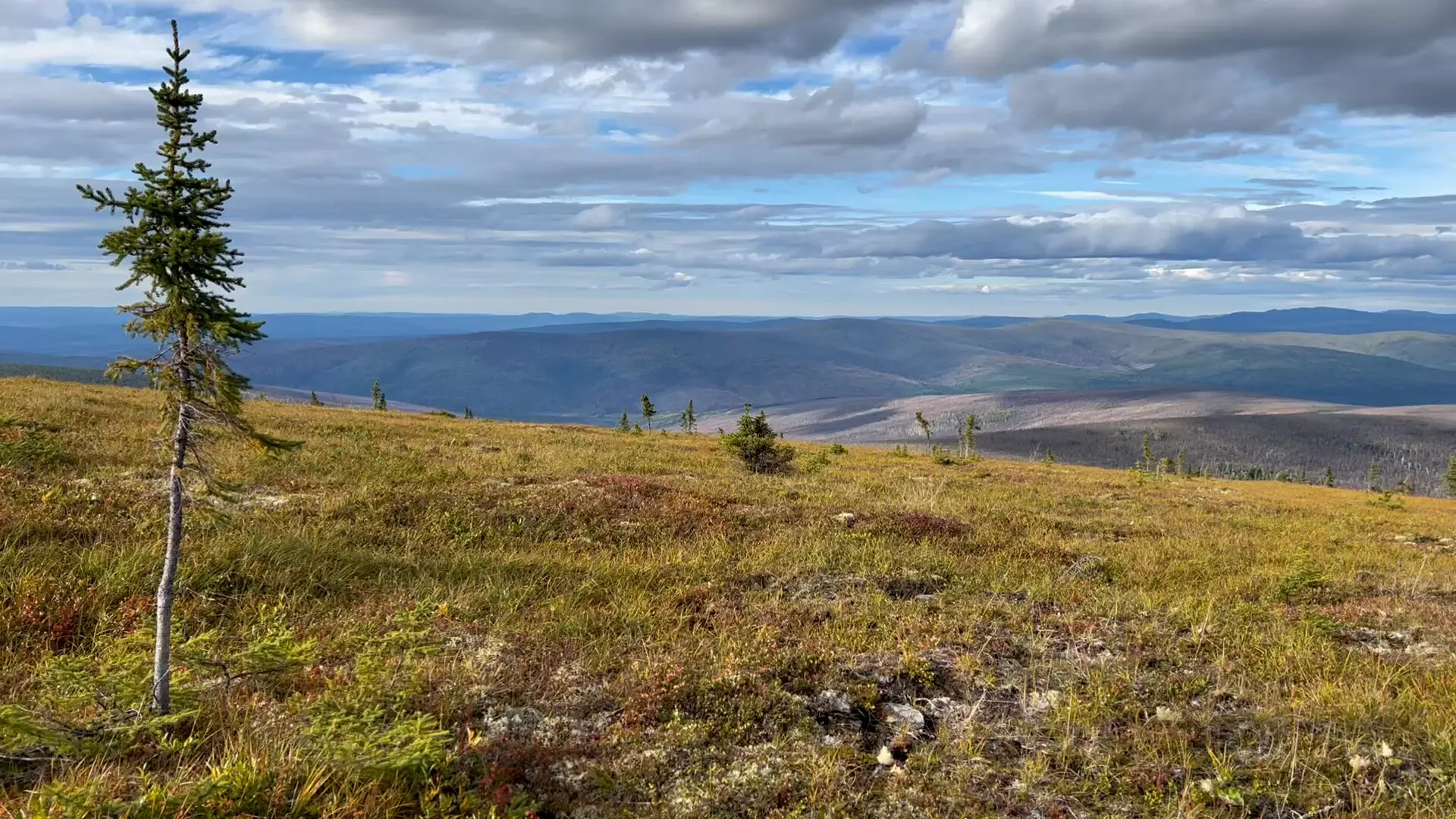The consequences of climate change on global ecosystems are profound, particularly in the boreal forests and tundra regions located near the Arctic Circle. As pointed out by NASA researchers, rising temperatures are reshaping these northern environments in ways that will be evident for generations to come. With projections extending to the end of the century, the alteration of vegetation structure has the potential to significantly impact carbon dynamics, which may either enhance carbon sequestration capabilities or exacerbate greenhouse gas emissions from thawing permafrost.
The boreal forest, primarily situated between latitudes 50 to 60 degrees North, spans large regions of Alaska, Canada, Scandinavia, and Russia. Characterized by dense coniferous trees such as pine, spruce, and fir, this biome is now experiencing a transition as vegetation evolves in response to warming climates. The tundra biome, traditionally defined by its sparse, low-lying plant life, is undergoing noticeable changes with the advent of new shrub and tree growth in previously inhospitable areas. NASA’s extensive research indicates that these shifts in plant composition will continue unabated for the foreseeable future, altering both ecosystem function and greenhouse gas flux.
NASA’s investigation into these ecological changes has been heavily reliant on data gathered from advanced satellite missions, specifically ICESat-2 and Landsat. By analyzing nearly 20 million data points and tens of thousands of satellite images collected over nearly four decades, researchers were able to create a comprehensive picture of plant growth patterns in these critical biomes. This study ultimately underscores the utility of “big data” in the contemporary understanding of climate science and ecological studies.
Utilizing sophisticated lidar technology, ICESat-2 measures vertical variations in the Earth’s surface, informing scientists about the height and density of forest structures. This innovative approach enables a broader understanding of how vegetation in the Arctic is changing in response to climatic shifts. The findings articulated through this data analysis suggest significant increases in the height and abundance of trees and shrubs at high latitudes. Researchers predict that these trends will persist as global temperatures continue to rise, fundamentally altering the character of both boreal forests and tundra landscapes.
One of the most pressing concerns that arise from the changes in northern vegetation structures is their impact on carbon storage and emissions. Increased vegetation density may offer a double-edged sword: while it holds the potential to absorb higher volumes of carbon dioxide through enhanced photosynthesis, it may simultaneously lead to accelerated permafrost thawing. This thawing process releases ancient carbon, significantly heightening greenhouse gas concentrations in the atmosphere.
The implications are critical. Elevated carbon dioxide levels can warm the planet more, and as vegetation expands and matures, it may both mitigate and exacerbate climate change impacts. NASA researchers emphasize the delicate balance of these dynamics, indicating that while greater plant growth could offset some CO2 emissions now, the long-term outcomes remain uncertain. Consequently, the risk of a feedback loop emerges, where increased temperatures spur further vegetation growth that leads to further permafrost thawing and carbon release.
In their recent publication in *Nature Communications Earth & Environment*, NASA scientists provided a detailed examination of climate projections and vegetation responses. By employing sophisticated machine learning models alongside climate variables related to temperature and precipitation, researchers constructed scenarios illustrating potential future conditions for these vital ecosystems. The models predicted substantial shifts in forest structure, especially in transitional ecotones where boreal forests meet tundra zones.
While the increasing heights and coverage of trees may initially appear as a positive ecological development, it is essential to remember the complex interdependencies within these ecosystems. The outcomes of such transformations extend beyond local environments; they may influence global weather patterns and climate stability.
The findings presented by NASA researchers serve as a clarion call for heightened awareness and urgent action on climate change. Understanding the intricacies of how elevated temperatures reshape northern vegetation dynamics is crucial to forecasting sustainable strategies for climate mitigation. As scientists continue to refine predictive models, the global community must advocate for initiatives that both address climate change and promote ecosystem resilience. A comprehensive approach could mitigate the adverse effects of these critical transformations, ensuring that future generations inherit a stable and thriving planet.


Leave a Reply